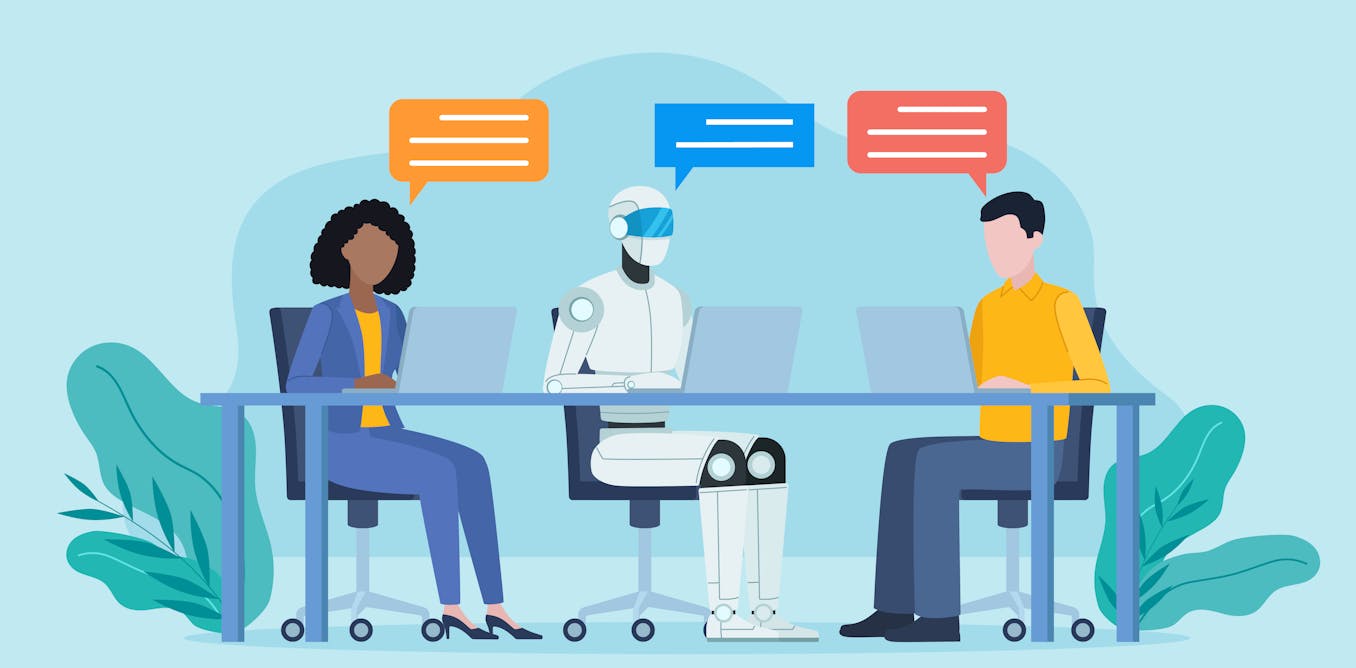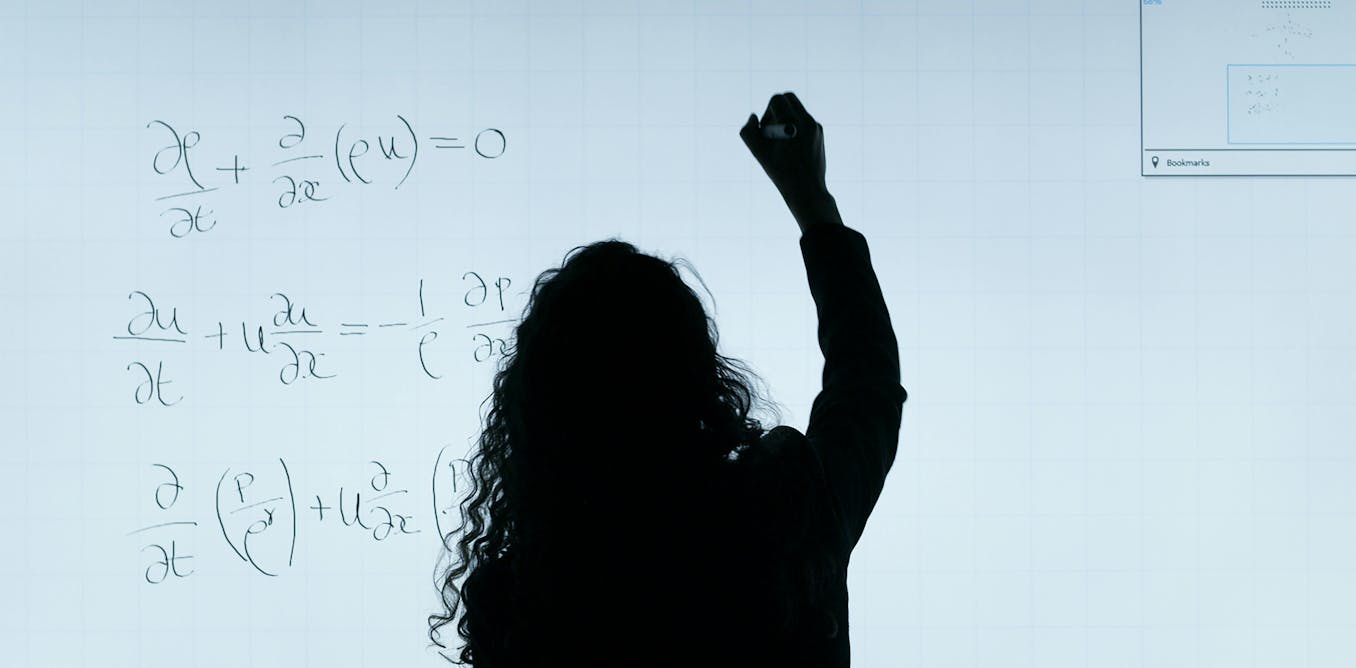Artificial intelligence has come a long way since its inception, evolving through five distinct generations that have shaped the landscape of AI as we know it today. The first generation, known as handmade AI, saw intelligent systems crafted by humans who relied on expert knowledge to solve problems. These systems had limited capacity for abstract thinking but were effective for specific tasks. Moving on to the second generation, statistical learning enabled computers to excel at games like chess and Go, using deep learning techniques to achieve incredible feats.
The third generation focused on explainability and generative models, making AI systems more transparent and accountable in their decision-making processes. Artificial intuition, the fourth generation, allowed computers to recognize threats and opportunities without explicit instructions, much like human intuition. Finally, the next generation of AI introduces supervised learning and privacy-preserving techniques like federated learning to address concerns about data privacy.
As we enter a new era of AI with advancements in natural language processing, the possibilities are endless. With technologies like Transformers and powerful language models like GPT-3, we are on the cusp of a revolution in AI that will continue to shape the future of technology. Exciting times lie ahead as we witness the next phase of evolution in artificial intelligence.
Watch the video by AI Uncovered
Video Transcript
Artificial intelligence has evolved changed and grown over time marked by distinct Generations each phase brings forth advancements challenges and Paradigm shifts that shape the landscape of AI by the end of this video you’ll discover the five generations of AI from the beginning to the latest developments number one first generation handmade AI
In the initial phase of AI known as the first generation intelligent systems were mainly crafted by humans during this period AI could not teach itself and relied on Expert knowledge to solve decision making optimization or search problems the capacity for abstract thinking was limited at the stage this approach while effective for specific
Types of problems had its constraints due to the Reliance on human expertise imagine a basic AI system from the first generation as a helpful assistant for a male order company its job is to figure figure out the best way to pack items in a big order to save on shipping cost it
Analyzes things like how many packages to use and what sizes to make them all to make sure the shipping expenses are as low as possible when the items are sent out for delivery number two second generation statistical learning in the second generation of AI chess computers like the famous deep blue emerged these
Computers are fed with the rules of the chess game and can independently count culate the best moves among all possibilities a significant Milestone occurred in May 1997 when deep blue achieved a historic Victory by defeating the reigning Chess World Champion Kasparov the Triumph was made possible through substantial computing power and
Specialized Hardware getting good at the game of Go popular mainly in Asia took nearly 20 years after computers conquered chess go is trickier than chess because there are way more possible moves it has too many options in a giant puzzle just looking at all the possible moves doesn’t easily tell
You the best one but in March 2016 a program called Alpha go did something amazing it beat the world champion Lee settle it did this by using smart techniques from Deep learning clever computer tricks called Deep neural networks the second generation of artificial intelligence is often called statistical learning although the
Technology behind it has been around for a while it started gaining traction particularly after 2012 this era of AI has brought us things like speech recognition and machine translation and everyday assistants like Siri Alexa and Google Assistant besides the familiar achievements AI has quietly become statistically better than humans in less
Known areas like lip reading people often refer to this as statistical superiority in the second generation of AI because it excels in solving problems involving uncertain decisions in situations where there’s no clear right or wrong answer right away fixed rules become crucial for statistical systems without these rules understanding and
Explaining the systems Behavior would be much trickier for instance researchers have shown how neural networks can be tricked by specially created patterns in one example a machine might see a cheetah in an image that appears as random noise to a human it shows the issues of interpreting AI decisions in
Situations where certainty is elusive number three third generation explainability and generative models in the third generation of artificial intelligence the focus for researchers is not just on creating a system that can achieve a desired result but also on developing the ability to explain how it arrives at that result transparency is a
Key consideration in this context aiming to make the reasons behind AI decisions understandable and transferable into a form that humans can comprehend it’s about making AI systems more transparent and accountable in their decision-making processes instead of bombarding the AI with lots of cheetah pictures to learn
From we could try a different idea we show the AI how to paint a cheetah then instead of asking does this look like a cheetah we ask if you were painting a cheetah could it turn out something like this picture here this way we’re encouraging the AI to be creative and
Recognize cheetah like features not just memorize a bunch of examples number four the fourth generation artificial intuition now let’s talk about the fourth generation of AI called artificial intuition it empowers computers to recognize threats and opportunities without explicit instructions much like how human intuition allows us to make decisions
Without detailed guidance think of it like a skilled detective sensing something a Miss at a crime scene or an experienced investor spotting a trend early on just 5 years ago the idea of artificial intuition seemed impossible but now big companies like Google Amazon and IBM are actively working on
Solutions some companies have even started putting it into practice bringing this concept to life how does artificial intuition make sense of new data when it has no past information to guide it the trick lies in the data itself when given a current set of information the advanced algorithms of artificial
Intuition can spot connections or unusual patterns among the data points but it doesn’t happen magically instead of using a numbers-based model right away artificial intuition starts with a more descriptive model it looks at the data and figures out a language that captures the overall arrangement of what it sees and this language involves
Various math concepts like matrices ukian space linear equations and igen values if you think of the big picture as a massive puzzle artificial intuition can essentially see the completed puzzle from the get-go and then work backward to fill in missing pieces based on how different parts connect in linear
Algebra an IG Vector is like a special arrow that doesn’t change its direction when we apply a certain transformation the Igan value is a factor that tells us how much the arrow gets stretched or squished this idea helps us spot weird things in data if any arrows don’t fit
Well into the overall picture we consider them suspicious helping us find unusual or unexpected things in the data artificial intuition is versatile and can be used in almost any industry but it’s making big progress in financial services major Global banks are adopting it to uncover Advanced Financial cyber
Crimes like money laundering fraud and ATM hacking detecting suspicious Financial activity is like finding a needle in a hay stack with countless transactions and connected details artificial intuition with its complex math algorithms quickly pinpoints the five most important parameters related to the activity and presents them to analyst for further
Investigation number five the next generation of AI lastly we have the next generation of AI where we have supervised learning changing the game especially in natural language processing thanks to a recent breakthrough called the Transformer which was introduced by Google about 3 years ago NLP has made remarkable advancements this new unsupervised
Learning architecture is making a significant impact on how computers understand and process human language currently the most common approach in AI is supervised learning in this method AI models learn from data sets that that humans carefully organize and label into specific categories it’s called supervised because human supervisors get
The data ready beforehand while supervised learning has led to great strides in AI like in self-driving cars and voice assistance it has some drawbacks labeling thousands or millions of data points manually is not only expensive but also a big task the need for humans to label Data before machines
Can use it has become a major obstacle in it advancing AI in the digital age keeping our data private is a big challenge since data is crucial for artificial intelligence privacy concerns can limit ai’s progress a solution to this is privacy preserving AI where AI learns from data without exposing it one
Promising method for this is called Federated learning usually we gather all the training data in one place often in the cloud to teach AI models but for many reasons like privacy in security much of the world’s data can’t be moved to a central location this makes it hard for traditional AI methods Federated
Learning helps AI learn from data without moving it all to one place addressing these privacy challenges Federated learning solves this issue by changing how AI usually works instead of needing all the data in one place to train a model Federated learning keeps the data where it is spread across
Different devices and servers on the edge multiple versions of the model are sent out one to each device with training data and they’re trained locally on their specific data only the resulting model parameters not the actual training data are sent back to the cloud when we put together all these
Mini models we get one comprehensive model that acts as if it learned from the entire data set simultaneously now we’re in an exciting time for understanding language thanks to Transformers open AI recently introduced gpt3 a super powerful language model that can do amazing things like write poetry create code compose business memos and
Even write articles about itself gpt3 is the latest and biggest in a series of similar language models like Google’s Bert open ai’s gpt2 and Facebook’s Roberta what makes these models special is the technology behind them called the Transformer this Innovation allows language processing to happen all at
Once for every part of a text not one after the other Transformers use a Smart feature called attention which helps the model understand how words are related no matter how far apart they are it figures out which words and phrases in a passage are the most important to focus
On this technology is a GameChanger in the world of language AI big AI companies like Google and Facebook are already using transformer-based models but many other organizations are just starting to use this technology in their products open AI plans to let people use gpt3 through an API which could lead to
A bunch of new startups creating cool applications with it Transformers are going to be the basis for a whole new set of AI abilities starting with understanding language even though the last decade was pretty exciting for AI the next one might be even more amazing
AI has made a lot of progress since the 1950s when Allan Turing first talked about it and it’s not slowing down the AI we’ve seen so far is just just the beginning if you’ve made it this far let us know what you think in the comments section below for more interesting
Topics make sure you watch the recommended video that you see on the screen right now thanks for watching
Video “The 5 Generations of AI” was uploaded on 03/13/2024 to Youtube Channel AI Uncovered






















